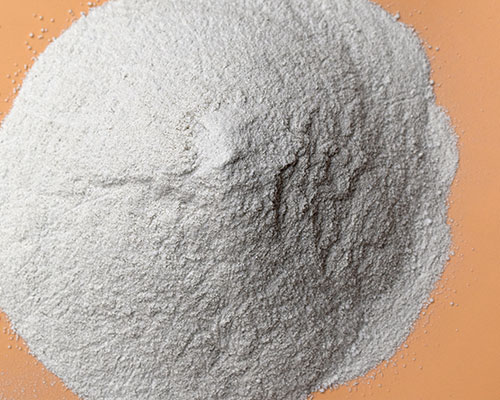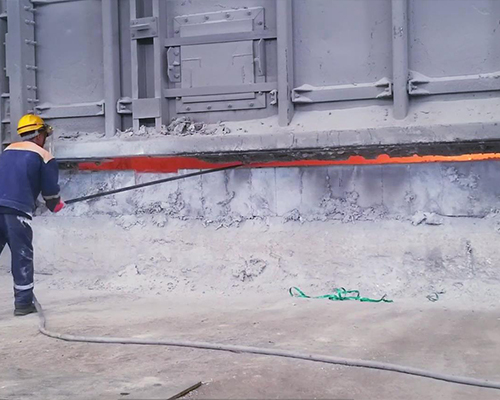With the rapid development of automobile lightweight technology, the steering action of aluminum wheels is required to be more precise. In order to prevent the tilt of the tires when turning, the performance requirements of aluminum wheels are higher, so the requirements for the internal metallurgical quality are even higher. It is extremely important to find ways to improve the metallurgical quality of materials. Melt purification is the key to improving the quality of aluminum wheels, mainly through aluminum casting fluxes purification treatment and crystallization.
After the aluminum casting fluxes purification treatment, the content of inclusions has been reduced to varying degrees. Elements such as NaF and AIF in the flux make the interfacial tension between the refining flux and the aluminum liquid smaller, and the wetting angle is increased, which is beneficial to the removal of impurities. In addition, the fluoride in the flux, due to its strong adsorption capacity, forms a fluorinated complex on the surface of the oxide film, and is adsorbed on the film, blocking the passage of the oxidant to the surface of the liquid film, making the oxide film easier to enter the flux in the layer, and with the flux to discharge the aluminum liquid.
The aluminum casting flux also has the function of degassing while discharging impurities. This is mainly because the inclusions and gases in the aluminum melt have a certain interdependent relationship.

The presence of inclusions reduces the fluidity of the molten aluminum and increases its viscosity, so that the secondary dendrites fully grow when the molten aluminum is solidified. The flux removal effect is more obvious, the content of inclusions in the aluminum night is low, and the distance between the secondary dendrites is relatively smaller. After the flux is purified, the performance and elongation of the alloy are significantly improved.
After the A36 aluminum alloy melt used in automobile wheel valley is purified by the experimental flux, the existence morphology of its inclusions and impurity phases has been greatly improved, the pores have been significantly reduced, the distance between the secondary dendrites has been reduced, and the morphology of the eutectic silicon has been changed. This effectively improves the quality and performance of the aluminum wheel valley.

